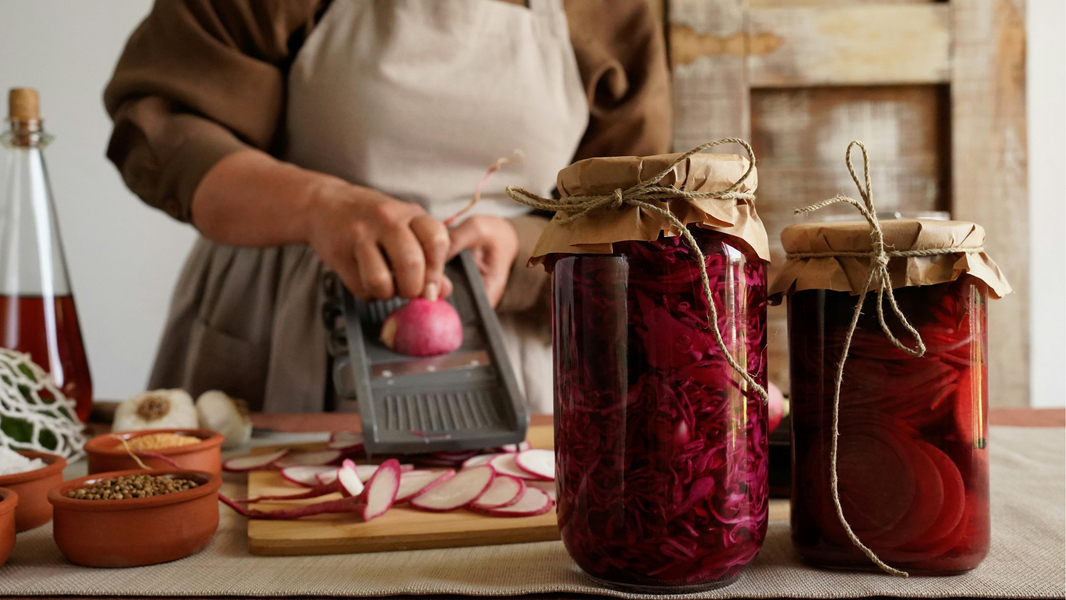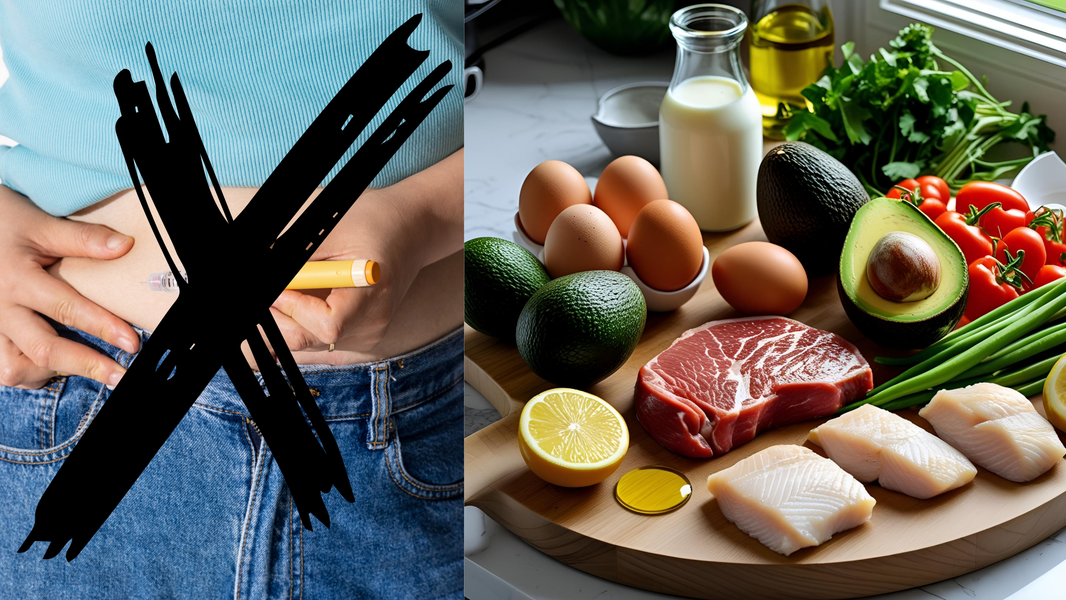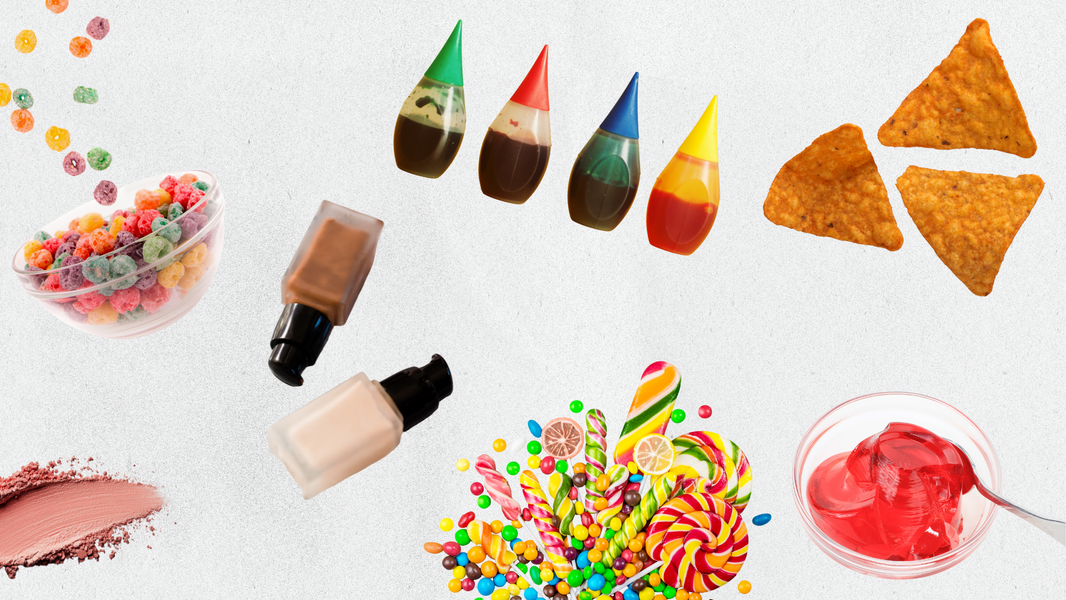Salt is just the best.
Humans have been using it for 10,000 years, and not just to flavor food! Since ancient times salt has been used as currency, in religious practices, and as medicine.
The words “salary” and “salad” are both derived from the word salt.
Did you know that salt has influenced world history!
Lewis and Clark were looking for sources of salt on their exploration of the Western United States.
Battles of the American Civil war were fought over salt supplies.
Gandhi defied British Colonial laws regarding salt to help force India’s independence.
You get it – salt’s a big deal.
Unfortunately, we get a lot of mixed messages about salt, especially from the medical establishment.
Doctors tell us to “watch our sodium intake,” especially if we are predisposed or already diagnosed with high blood pressure.
On the flip side, the standard narrative is that regular, iodized “table salt” is essential for our diets. Avoiding it could cause serious medical issues.
In this article, we’ll discuss the science of salt and how it can impact your gut health, ways to keep an eye out for hidden salt, and how to make sensible salt selections.
Sodium’s Got a Job to Do
Let’s get this out of the way now: sodium and salt are not the same things.
Salt, the tiny crystals that live in the shaker on our table, contains several minerals. The primary mineral in salt is sodium. That’s why they often seem to be interchangeable terms.
Another essential fact: sodium is not “bad” for us. We need sodium to function.
Sodium has three critical jobs to do:
- Sodium maintains appropriate fluid balance in our body. It makes sure that the right amount of fluid, not too much and not too little, is present for our body to function.
- It’s an electrolyte, which means it has an electrical charge. This electrical charge is how our nerves send messages throughout the body.
- Sodium is also needed for our muscles to work. It’s why you get muscle cramps when you’re dehydrated- your sodium and fluid balance is off.
But if sodium is so important, why are we constantly being told to “watch” it?
Sodium and Hypertension
If you or someone you know has been diagnosed with hypertension (high blood pressure), you’ve probably heard that it’s important to “watch your sodium intake.”
There’s a good reason for this. Water follows sodium.
Too much sodium in your diet (or average amounts, if you’re sodium sensitive) will lead to the body retaining water.
When your body retains water, it increases the amount of liquid in your blood, known as your “blood volume.”
How does this affect your blood pressure?
Picture a water balloon.
The more water you fill the water balloon with, the more pressure it puts on the actual balloon. The walls of the balloon get thin and stretched.
Then, if you poke a hole in that overfilled water balloon, the water will shoot out faster than it would in a less full balloon.
Think of the walls of your arteries and veins like the walls of that balloon.
The higher your blood volume, the more pressure there is on your blood vessels which ALSO leads to the blood vessels pushing back harder on the blood. This effect leads to high blood pressure.
Sodium, Gut Health, and Hypertension
Our article How are Hypertension and Gut Health Connected? explains the effect of gut health on hypertension in greater detail.
But let’s do a quick rundown:
- A diverse community of beneficial bacteria (our gut microbiome) breaks down dietary fiber and produces important, anti-inflammatory metabolites.
- These anti-inflammatory metabolites are called short-chain fatty acids (SCFAs).
- SCFAs provide anti-inflammatory effects AND contribute to the production of hormones that regulate blood pressure.
- The gut microbiome also prevents inflammation by supporting a healthy immune system.
- Studies on mice have demonstrated the effects of the altered gut microbiome on hypertension.
In short, a healthy, diverse gut microbiome supports healthy blood pressure, primarily through keeping unhealthy inflammation at a minimum.
The bad news is that sodium disrupts the functioning of a healthy gut microbiome.
It makes sense that sodium impacts our gut since it is the first place where dietary sodium lands.
Sodium affects the functioning of our gut microbiome in several ways.
First, it shifts the bacterial species in our gut away from healthy, anti-inflammatory-producing species towards a species that produce more harmful metabolites.
This shift towards a less diverse, less beneficial gut microbiome activates the immune system. This immune system activation leads to inflammation.
In addition to the increased inflammation from our immune system, these less beneficial bacteria produce fewer SCFAs, so our body loses those positive effects.
Finally, there’s evidence that this increase in inflammation causes our gut cell wall to allow more harmful substances into the gut through a syndrome known as “Leaky Gut.”
This increase in the permeability of our gut cell wall allows inflammatory substances into and out of the gut.
These substances lead to harmful inflammation throughout the body, including in our blood vessels.
This inflammation in our blood vessels disrupts their function. It can lead to the development or worsening of high blood pressure.
Secret Sodium Sources
We know too much sodium can be harmful, but how do we avoid it?
It’s clear that if we’re trying to avoid sodium, we want to avoid several passes with the salt shaker over every meal.
But the real problem with sodium is that it’s hidden in places where you wouldn’t expect it. It’s estimated that up to 70% of our dietary sodium comes from pre-packaged foods.
You probably won’t be surprised to hear that frozen pizza is high in salt. But some of the most shocking sources of salt include sauces, dressings, and soda- even DIET SODA!
The best way to reduce salt in your diet is to avoid packaged food. You can do this by cooking your meals, or consider the Betr Meal Delivery, which we prepare with the absolute minimum of salt.
Don’t worry though, they still taste great!
And if you absolutely CAN’T avoid packaged foods, learning to read nutrition labels and understand sodium content is a MUST!
Selecting your Salt
Does it seem like the Salt Section in your spice aisle has exploded lately? Table salt, sea salt, kosher salt, flaked salt, smoked salt…how to choose one?
At Betr Health, we recommend Himalayan Pink salt or Celtic Sea salt. Both of these salt varieties are minimally processed and are as close to natural salt as possible.
But why is natural salt good?
Well, they’re less salty. That’s right, Himalayan Pink salt and Celtic sea salt contain slightly lower sodium levels than standard iodized table salt.
Even with this decreased sodium content, many people find Himalayan Pink and Celtic salt more flavorful.
This added flavor is likely due to their increased trace mineral content. These minerals can provide nutritional benefits of their own.
These alternative salts contain essential minerals like calcium, potassium, and iron in higher levels than iodized table salts.
Finally, let’s bust a myth about alternate salts.
Many of us are under the impression that we need iodine from iodized salt.
While it’s true that our body doesn’t produce iodine, and we need to get it elsewhere, there are plenty of sources beyond iodized table salt. We get only a small amount of iodine from using table salt.
Milk, cheese, yogurt, and many vegetables provide sufficient amounts of iodine.
The Salt Summary:
We’ve learned a few essential things about salt and sodium in this discussion.
- Salt and sodium aren’t the same things. Salt is a crystal that contains the mineral sodium
- Sodium is responsible for maintaining our fluid balance, nerve and muscle function
- Too much sodium can disrupt our gut microbiome and fluid balance, leading to hypertension and inflammation
- Packaged foods are a hidden source of sodium and can contribute to unhealthy sodium intake
- Himalayan Pink and Celtic Sea salt are natural alternatives to heavily processed iodized table salt.
Salt is one of the potential hidden sources of inflammation that exists in our food system. At Betr, we’re not saying salt is “bad.”
But it is one of the things to consider when trying to remove sources of inflammation and gut microbiome disruption from your diet.
For more on salt, sodium, hypertension, and gut health, follow the link to our Betr Health Blog.
If you want a low-sodium option without the hassle of cooking, browse the fresh, delicious, five-star chef-created meals on our Betr Meal Delivery Market!






